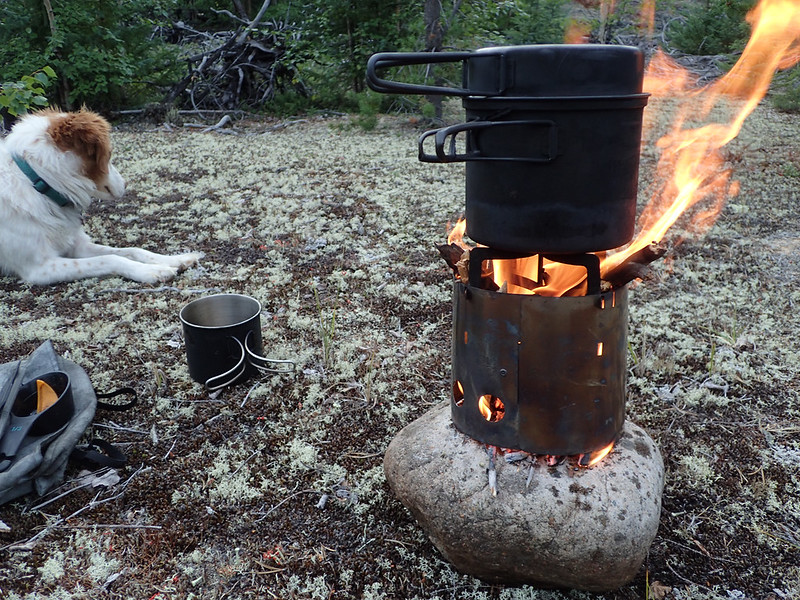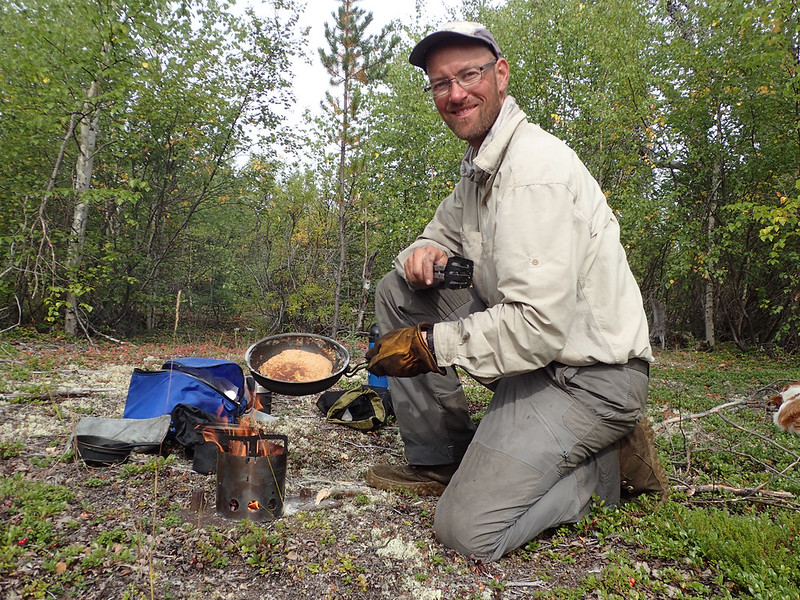I'm considering moving away from my MRS Dragonfly to an alchohol burner for my solo stove. This would eliminate the 2nd stove I've been carrying. I have no idea about the burn rate of this fuel. Any information about the efficiency of alchohol burners would be helpful. I've been carrying one liter bottle of fuel for a 2 week trip along with the two stoves, using the Dragonfly when weather dictates. I'm also considering a more compact, lighter twig stove, but can't decide which one. The Solo Titan Stove works great and is very durable. Any help with folding stove choices would also be appreciated. Thanks.
PS - sorry if you thought this post was about booze and are now disappointed. Feel free to discuss booze options if desired. Too bad they can't dehydrate tequila, eh?
PS - sorry if you thought this post was about booze and are now disappointed. Feel free to discuss booze options if desired. Too bad they can't dehydrate tequila, eh?
Last edited:


